Archives
- 2025-11
- 2025-10
- 2025-09
- 2025-03
- 2025-02
- 2025-01
- 2024-12
- 2024-11
- 2024-10
- 2024-09
- 2024-08
- 2024-07
- 2024-06
- 2024-05
- 2024-04
- 2024-03
- 2024-02
- 2024-01
- 2023-12
- 2023-11
- 2023-10
- 2023-09
- 2023-08
- 2023-07
- 2023-06
- 2023-05
- 2023-04
- 2023-03
- 2023-02
- 2023-01
- 2022-12
- 2022-11
- 2022-10
- 2022-09
- 2022-08
- 2022-07
- 2022-06
- 2022-05
- 2022-04
- 2022-03
- 2022-02
- 2022-01
- 2021-12
- 2021-11
- 2021-10
- 2021-09
- 2021-08
- 2021-07
- 2021-06
- 2021-05
- 2021-04
- 2021-03
- 2021-02
- 2021-01
- 2020-12
- 2020-11
- 2020-10
- 2020-09
- 2020-08
- 2020-07
- 2020-06
- 2020-05
- 2020-04
- 2020-03
- 2020-02
- 2020-01
- 2019-12
- 2019-11
- 2019-10
- 2019-09
- 2019-08
- 2019-07
- 2019-06
- 2019-05
- 2019-04
- 2018-07
-
Additionally in the presented study both the NSE values and
2019-12-03

Additionally, in the presented study both the NSE values and MFI levels of the CD45−CD34 + CXCR7+ Fenofibric acid mg correlated positively with the inflammatory parameter – CRP. CXCR7 expression has been found to be enhanced during pathological processes such as inflammation and neoplasms (Janssens
-
While we previously demonstrated that TraG is inhibited
2019-12-03
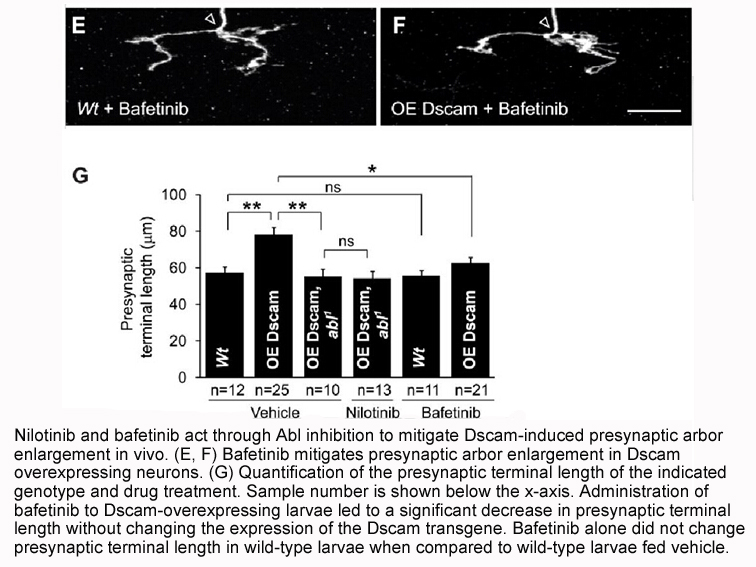
While we previously demonstrated that TraG is inhibited by specific transglycosylase inhibitors and that enzymatic activity is strongly reduced upon mutation of the potential catalytic core (Arends et al., 2013), the enzymatic mechanism of both domains was not assigned. Here, by mass spectrometry an
-
At present there have been relatively few studies
2019-12-03
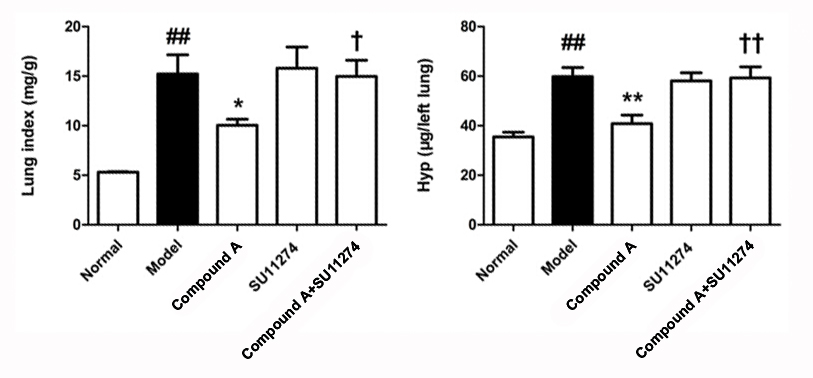
At present, there have been relatively few studies that evaluated potential correlations between pulmonary and pleura metastases, hilar and mediastinal Hesperadin receptor nodes, and organs associated with distant metastasis and EGFR mutations [33,34,37]. Further research on these relationships is
-
br Introduction Epidermal growth factor receptor EGFR
2019-12-03
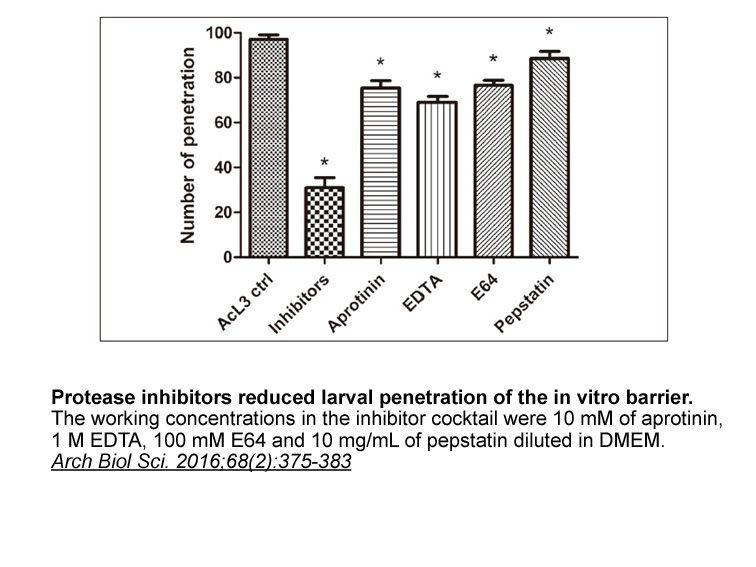
Introduction Epidermal growth factor receptor (EGFR)-activating-mutant non-small cell lung cancer (NSCLC) often initially responds well to EGFR tyrosine kinase inhibitors (TKIs) (Haber et al., 2011); however, the disease almost always recurs about 10–13 months of therapy. Analysis of clinical spe
-
The importance of EBI for B cell function was
2019-12-03
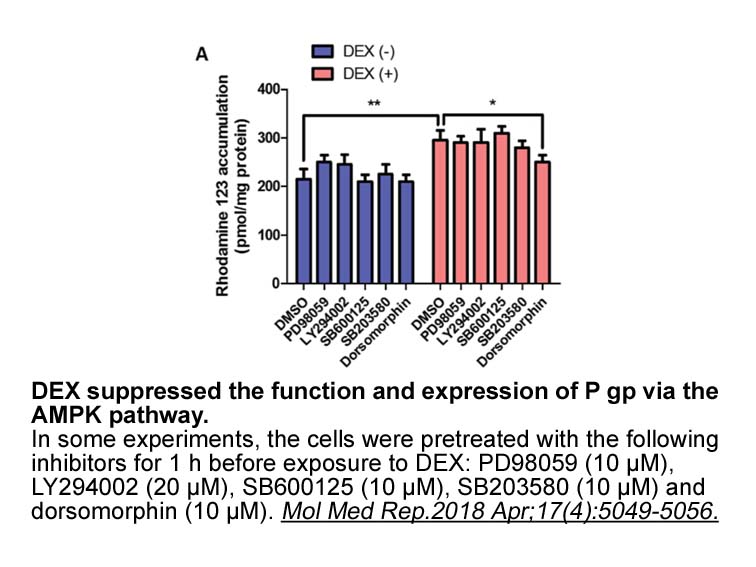
The importance of EBI2 for B cell function was first suggested by the dramatic upregulation of this receptor in EBV-transformed atomoxetine hcl mg and further inferred from its regulation in activated and GC B cells (Birkenbach et al., 1993, Glynne et al., 2000, Shaffer et al., 2000). An involvemen
-
As small non coding RNAs microRNAs miRNAs can control gene
2019-12-03
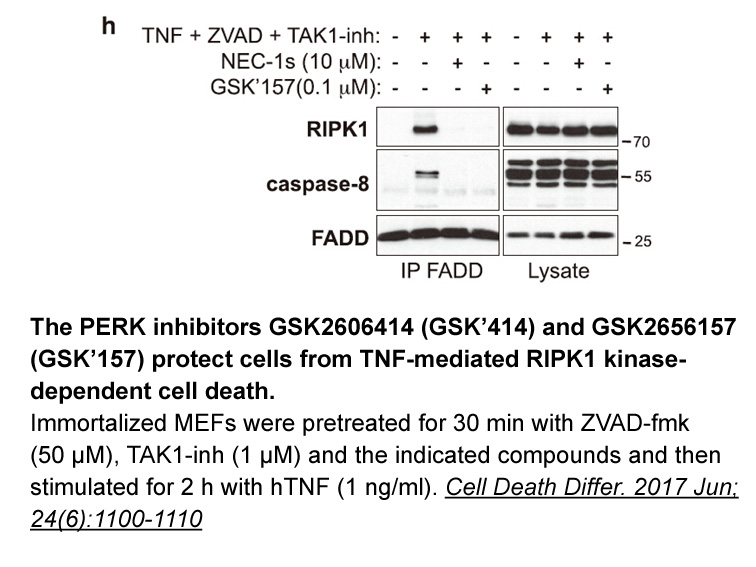
As small non-coding RNAs, microRNAs (miRNAs) can control gene expression at the post-transcriptional level by binding to the 3′-untranslated regions (3′-UTR) of messenger RNAs (mRNA) [15], [16]. miRNAs have been anticipated to regulate virtually all cellular mechanisms [17] and to play an important
-
Our data supports the conclusion that the
2019-12-03
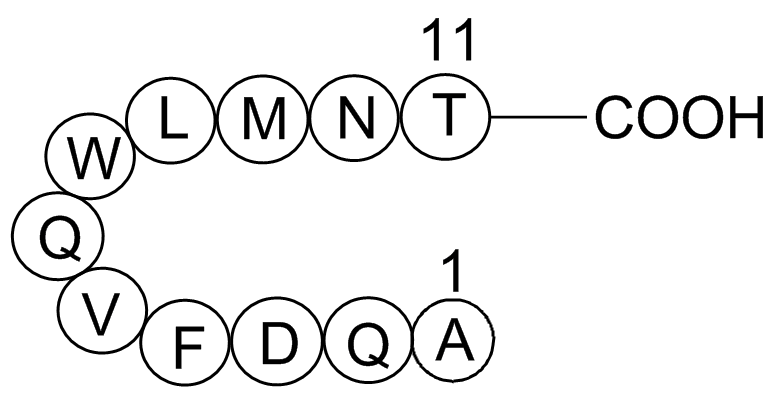
Our data supports the conclusion that the exonuclease activity thought to be intrinsic to Artemis is not a component of the Artemis polypeptide. Many possibilities exist to explain the presence of the exonuclease activity in less-pure fractions of Artemis. It is possible that the exonuclease is simp
-
Previous studies have indicated that hSSB may
2019-12-03

Previous studies have indicated that hSSB1 may be phosphorylated at threonine residue 117 (T117) [13] and acetylated at lysine residue 94 (K94) [15], both of which promote hSSB1 function in response to ionising radiation exposure. Mass spectrometry screens of proteins immunoprecipitated with phospho
-
DGK is not the only DGK isoform that
2019-12-03
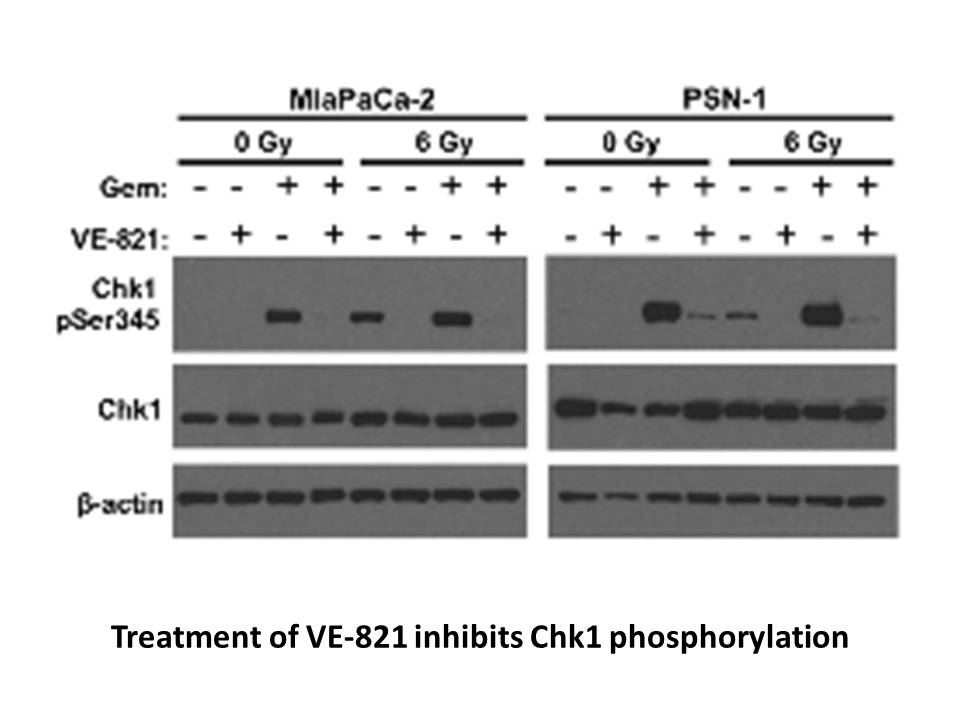
DGKε is not the only DGK isoform that has been associated with p53. It has been shown that DGKζ binds to p53 and modulates its activity in both the cytoplasm and the nucleus [39]. In the cytosol DGKζ promotes the degradation of p53 through the ubiquitin-proteosome system [39], also a likely mechanis
-
br Materials and methods br Results br Discussion EP is
2019-12-03

Materials and methods Results Discussion EP is an important tick borne disease caused by T. equi and B. caballi. Current chemotherapeutic drugs for EP are limited, as only diminazene aceturate and imidazole dipropionate are available. Novel and effective chemotherapeutics for treatment of E
-
L-Mimosine In summary the loss of seven Cyp
2019-12-03
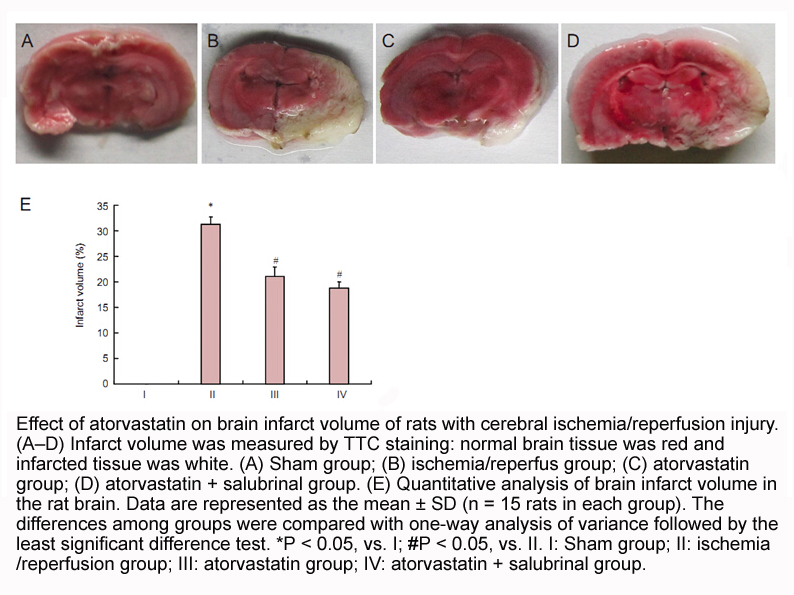
In summary, the loss of seven Cyp3a genes lead to sexual dimorphic changes during the eight weeks of high fat diet treatment with Cyp3a-null female mice showing a healthier acclimation to a high fat diet through decreased weight gain, higher adiponectin, lower B-OHB levels, and a better response to
-
In this study we were able derive
2019-12-02
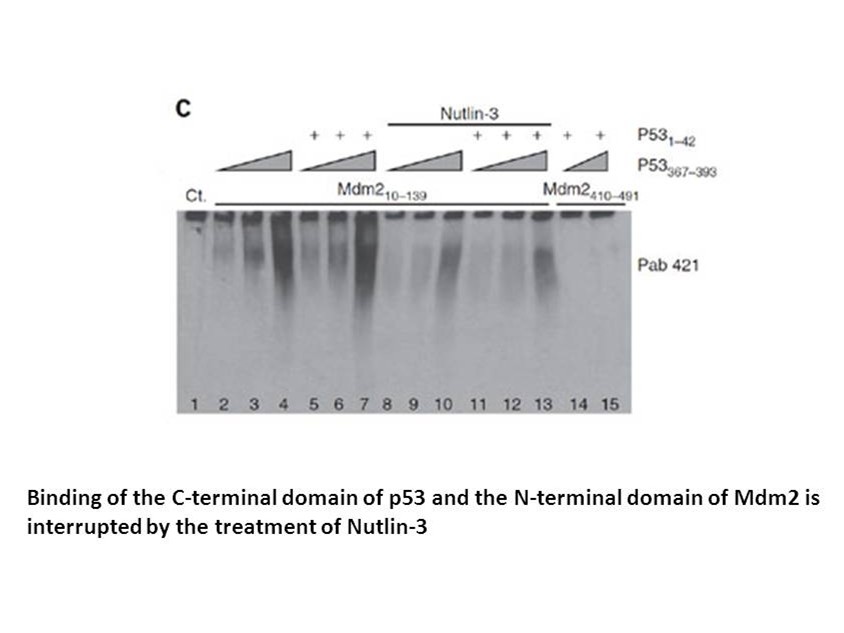
In this study, we were able derive new insights into the biology of DDR2 including the demonstration that cellular tyrosine phosphorylated proteins co-localise with DDR2 and exogenously added collagen I (Fig. 1G). This finding suggests that similar to the focal adhesion complexes associated with int
-
In conclusion our findings demonstrated that S PC augments
2019-12-02

In conclusion, our findings demonstrated that S1PC augments HMOX1 expression in a NO-dependent manner, and its effects are associated with the enhancement of BACH1 degradation. In addition, S1PC and NO potentially degrade BACH1 based on the observation that nuclear degradation of BACH1 differs from
-
Ubiquitin activating enzyme activates ubiquitin by a three s
2019-12-02

Ubiquitin-activating enzyme activates ubiquitin by a three-step process with ATP as a cofactor (Chen et al., 2011, Haas and Rose, 1982, Haas et al., 1982). We demonstrated that ATP is required for mRFP-Ub–E1 formation under non-reducing conditions (Fig. 2A). A time course of radioactive ATP producti
-
Previous in vitro studies have demonstrated that DNA PK
2019-12-02
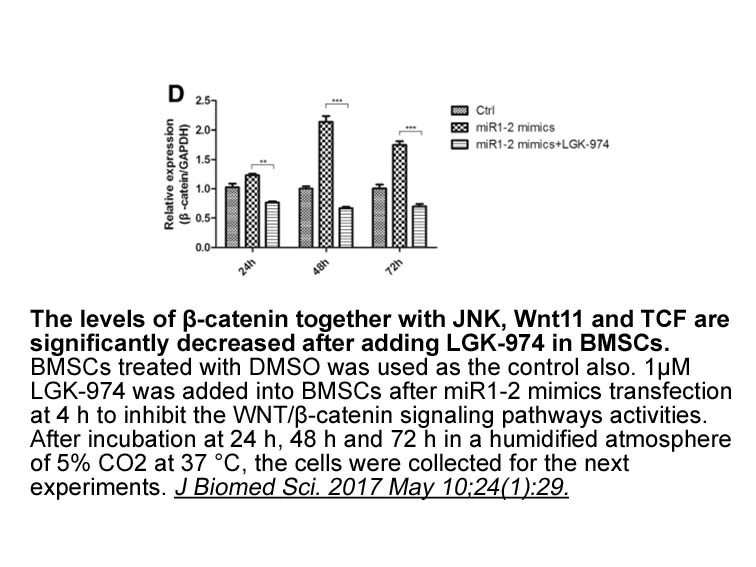
Previous in vitro studies have demonstrated that DNA-PK-deficient cell line (MO59J) is approximately 30-fold more sensitive to radiation than DNA-PK-proficient cell line (MO59K) [31]. Moreover, specific DNA-PK inhibitors SU11752 and wortmannin have been shown to sensitize GBM niacin nicotinic acid s
16054 records 947/1071 page Previous Next First page 上5页 946947948949950 下5页 Last page